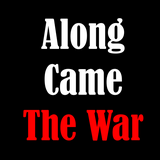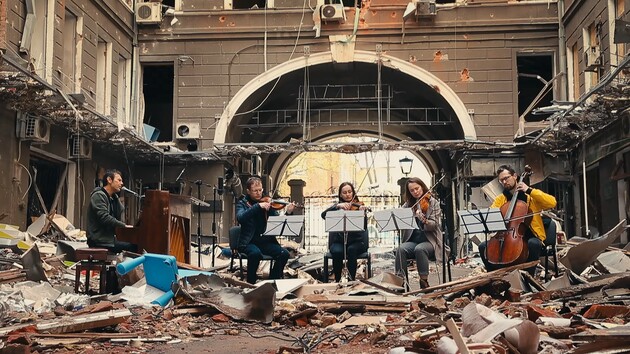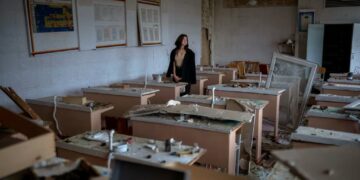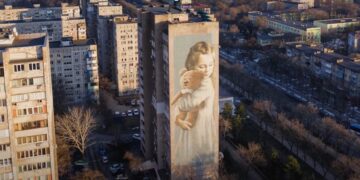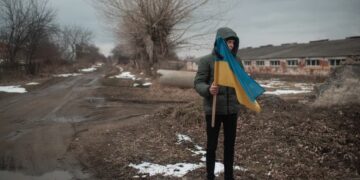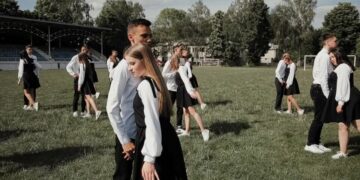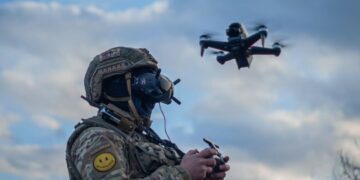A few years ago, the following could be observed: Ukrainian teenagers choose to listen to russian rock, rap or pop, often of rather low quality, justifying it by the fact that there is simply “no music” in Ukraine.
Nowadays, we know that this couldn’t be farther from the truth—we listen to many pop artists (e.g.: Jamala, Wellboy, Monatik) rock bands (e.g.: Okean Elzy, The Hardkiss, Vivienne Mort) as well as academic composers (e.g.: Yevhen Stankovych, Alexander Shchetynsky, Bohdana Frolyak) folk choirs (e.g.: Veryovka Ukrainian Folk Choir, Viter Ukrainian Folk Choir) and jazz singers (e.g.: Ganna Gryniva, Yurko Hnatkovsky, Vadim Neselovskyi). Ukrainian music exists—and it has existed for centuries.
Ukrainian music has an old origin—like in many European countries all music began with ritual music, or, to speak even more broadly, folklore music. And Ukrainian folk tradition is incredibly diverse in genres and great indeed—UNESCO has collected more than 15,000 Ukrainian folk songs.
From historical and Cossack songs to Christmas and calendar-ritual songs—Ukrainians have always loved to sing and compose. Folk and church music served as the foundation for classical music, and the first classical composers appeared in the Baroque era. Along with classical music comes music theory, a discipline that studies musical systems, melody, rhythms, polyphony, and much more. One of the first composers and theoreticians was Mykola Dyletsky, who in his works explored a new notation system and polyphonic choral singing. A little later, Dmytro Bortnyansky began to write his operas, and Maksym Berezovsky became the author of the first Ukrainian symphony (1770-1773).
The particularly rapid growth of classical music in the 19th century is connected with the growth of national consciousness. Ukrainian composers begin to look into their origin—folk music. Instruments like bandura, kobza and cymbals are in use again. But technology did not stand still either—soon the first gramophone records and other sound recordings appeared in Kyiv and Lviv.
It can be said that at the beginning of the 20th century, Ukrainian culture reached unprecedented heights and was known far beyond the borders of its native land. However, with the arrival of Soviet power, Ukrainian music lost one of its best representatives. The world-famous composer Leontovych, whose Christmas carol is sung in many countries in winter, was shot on January 23, 1921, by an agent of intelligence services. Musician and ethnographer Hnat Hotkevich was shot in 1938 along with many other artists.
But despite all the tragedies, Ukrainian music did not die. It found its real revival in the second half of the 20th century—it was then that such composers as Leonid Grabovskyi, Valentin Sylvestrov, and the famous singer Dmytro Hnatyuk appeared. Following them, the spirit of freedom was embodied by first Ukrainian rock bands Plach Yeremiyi and Mertvy Piven.
With the restoration of independence, Ukrainian music again became large-scale—now almost all genres were represented in one way or another. Ukrainian pop and academic music were developing again. Ukraine has won the Eurovision several times—the last of which was the victory of the band Kalush in 2022.
To conclude, I’d say that music is an integral part of Ukrainian people, and it has always been. Over the last year there has been even more Ukrainian music, especially songs written in Ukrainian language—and this trend will definitely continue.
by Myron Matuzenko
